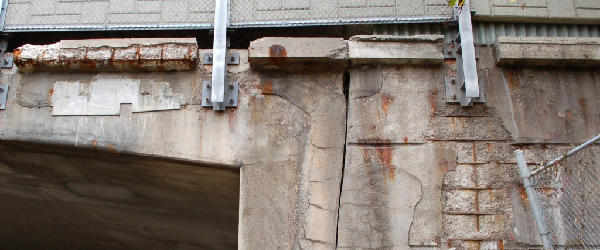
Concrete professionals are facing the well-know issue of corrosion in concrete structures on a regular basis. Learn how chloride diffusion causes concrete corrosion, and how testing methods like ASTM C1202 and RCPT are helping construction projects

Concrete professionals are facing the well-know issue of corrosion in concrete structures on a regular basis. Learn how chloride diffusion causes concrete corrosion, and how testing methods like ASTM C1202 and RCPT are helping construction projects

There is no denying that concrete and the technology surrounding it have come a long way since its discovery and development. From the Great Pyramids at Giza to smart sensors for testing concrete temperature, maturity, etc., we have put together a list of notable events and discoveries in…
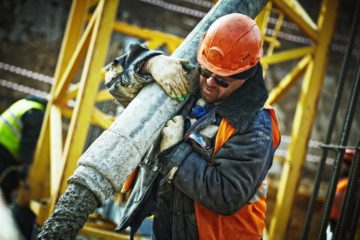
Pouring Concrete in Summer and Winter: What Is The Difference?
One of the most important aspects of concrete strength development and ensuring the integrity of a completed structure is the temperature of the concrete pours during the early stages of construction. We are not always lucky enough to experience perfect conditions for concrete pouring and curing. If the temperature is…
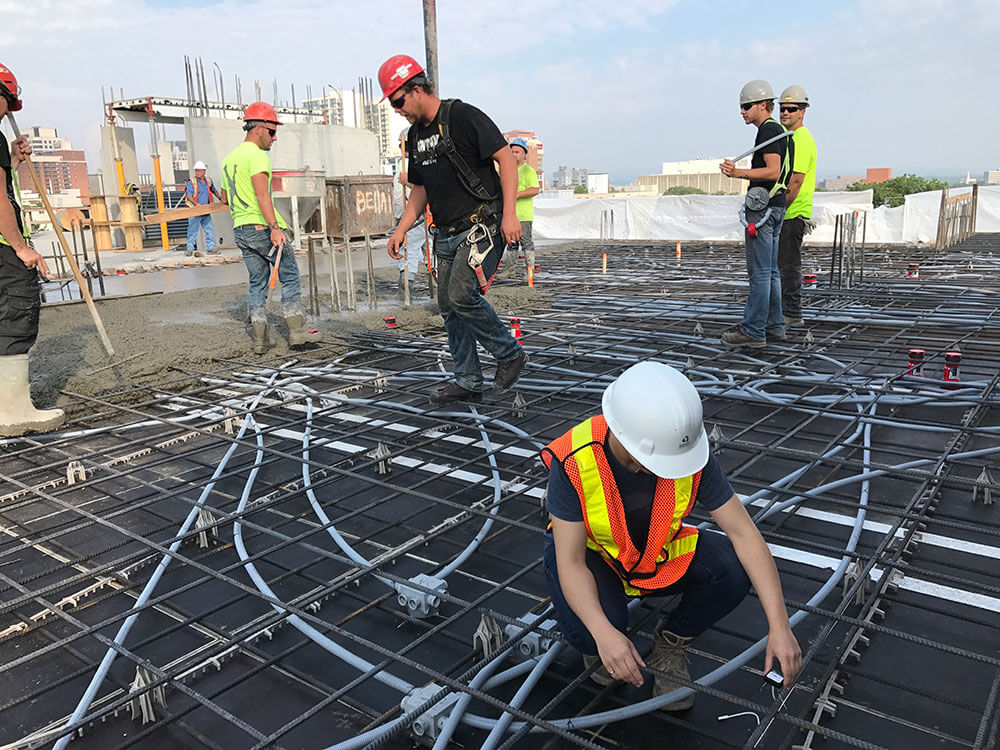
Check Your Concrete Temperature and Test It for Optimal Strength With Fully Embedded Sensors
An accurate concrete temperature test is essential for ensuring proper curing, optimal strength, and long-term durability. Extreme temperatures, whether hot or cold, can affect hydration, early-age strength, and overall quality. Biggest SmartRock® Savings of the Year are Here! Save now and get free Giatec 360™ Premium access. Ends…
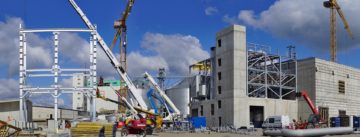
Top 11 Green Ready-Mix Concrete Producers in North America
Sustainability and green movements have been quickly taking over industries, and construction is no different. Every year, 20 billion tons (10 billion cubic yards) of concrete are produced globally. This makes it the second most consumed product on earth, after water. Cement is not only the most expensive…

Sustainable Concrete: Positively Impacting the Environment
How Does Concrete Impact the Environment? You have probably noticed that we are big fans of concrete here at Giatec. It is an amazing, durable, and cost-effective material used around the world. In fact, concrete is the second most used material after water! Still, we are aware that…
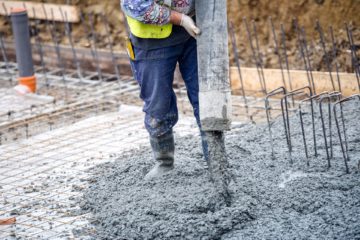
New Giatec 360 Updates – Part 2: Graph Customization Tools
This article will continue on the topic discussed in Part 1, be sure to check it out! Biggest SmartRock® Savings of the Year are Here! Save now and get free Giatec 360™ Premium access. Ends Dec 31. Don’t miss it! Claim Your Deal Display The max and min…
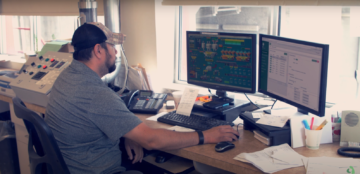
New Giatec 360 Updates – Part 1: Temperature, Strength, and Maturity Charts
As part of Giatec’s continued efforts and goal to meet customer requirements and expectations, progressive changes are being made to the system to better comply with updating needs. Working with clients on a global scale, we strive to provide a streamlined platform that is one place for all….
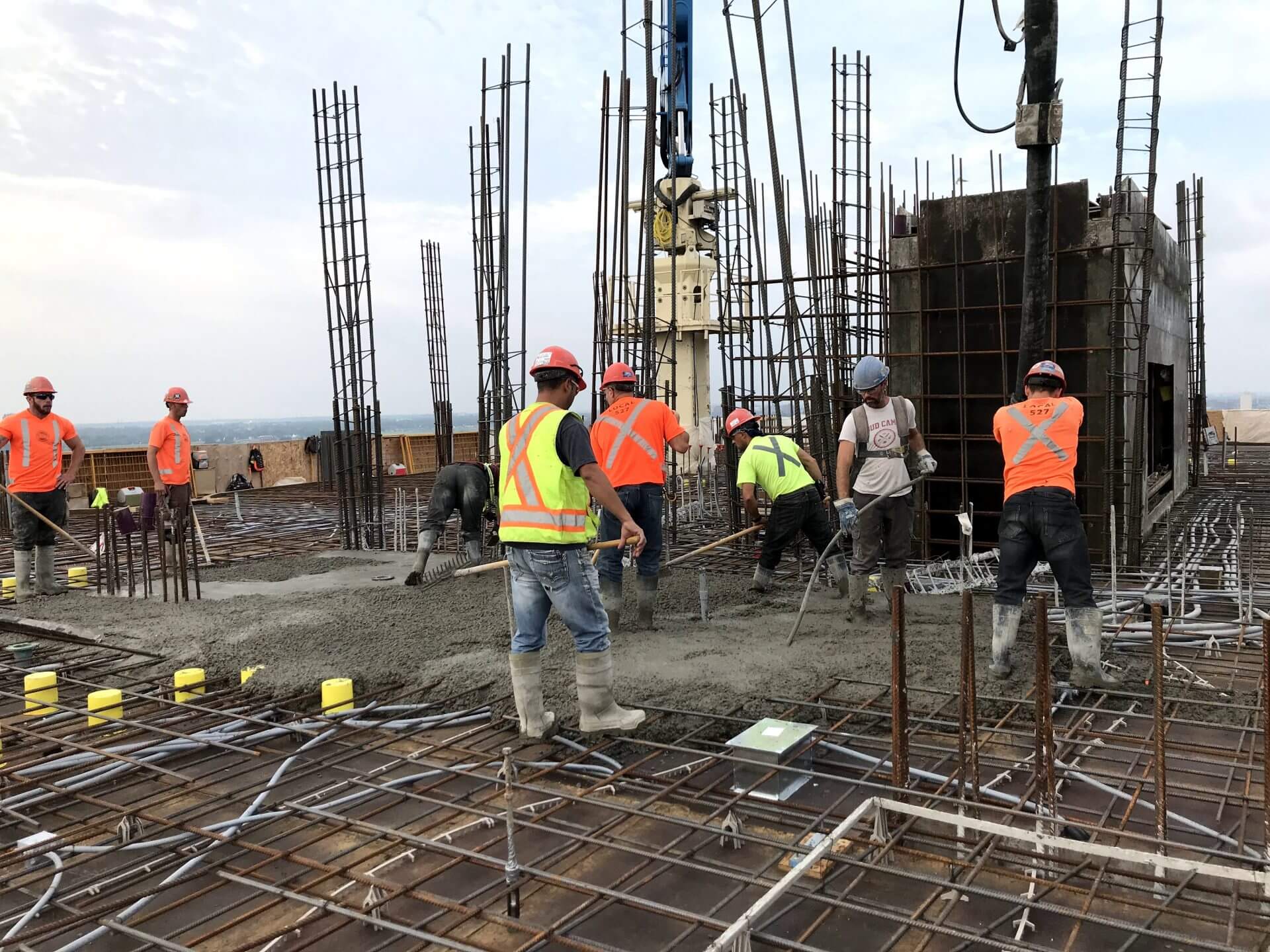
Concrete Testing Equipment for Your Thermal Control Plan
Consistent temperature tracking is one of the most crucial steps after a concrete pour. By monitoring the temperature, you will be able to create an optimal curing environment. This will improve the overall strength of your concrete. According to ACI 301-16 standards, maintaining temperatures is also critical for the success of the hydration…

Green Concrete: 7 Tips to Make Your Construction Project Environmentally Friendly
One of our top priorities at Giatec is helping our customers and partners find an environmentally friendly way of building with green concrete. It is no secret that concrete, particularly the cement in a concrete mix, can have a negative impact on the environment due to the CO₂…

Level Up Your Project Reports With Giatec 360™ – Part 2
Let’s dive deeper into report generation! Learn how Giatec 360™‘s reports help you make better decisions faster on the jobsite. For an introduction to Giatec 360, click to read Part 1 of this blog. Biggest SmartRock® Savings of the Year are Here! Save now and get free Giatec…
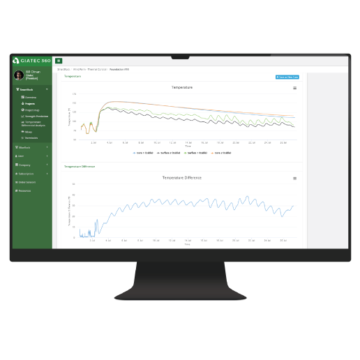
Level Up Your Project Reports With Giatec 360™ – Part 1
Let’s learn about Giatec 360 and how to make the most of this advanced web-based dashboard for monitoring and managing concrete pours. Biggest SmartRock® Savings of the Year are Here! Save now and get free Giatec 360™ Premium access. Ends Dec 31. Don’t miss it! Claim Your Deal…

Giatec Award for Best Paper 2022
We are very excited to announce the launch of our annual sustainability in construction research paper award contest! This is a great opportunity for civil engineers to expose their research and development to a global audience of industry experts. Plus, the winner will receive a monetary award of $1,000 US….
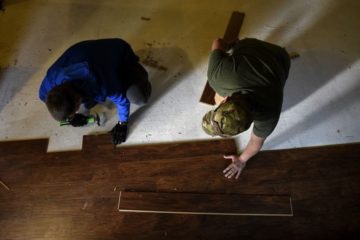
Measuring Relative Humidity With Embedded BlueRock Sensors In Concrete
During construction, the internal relative humidity (RH) of concrete plays a significant role in the progression of work. Especially in slabs-on-ground or suspended slabs that are to receive moisture-sensitive flooring materials, professionals often rely on experience to understand the drying time of field concrete. Flooring materials such…
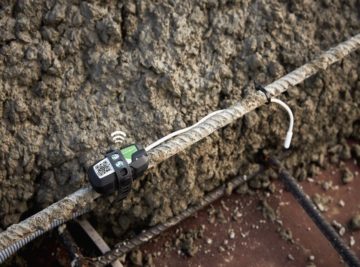
Devices and Tools for More Efficient Cold Weather Concreting
Despite the complexities and unexpected challenges that cold weather brings to the concrete pouring process, the industry has made great advances when it comes to tools and solutions. Today, it is possible to record temperature and strength data wherever you are and at any time. Let’s delve into the…
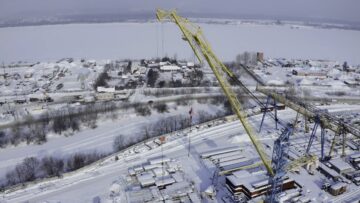
Everything You Need to Know About Pouring Concrete in Winter
The temperature is dropping, the days are getting shorter, and the frost is covering the ground. While it may be exciting to imagine a festive winter season, that is not what comes to mind when working in the construction industry. Especially, when you have a project to complete, a schedule to maintain, and a desired concrete temperature…
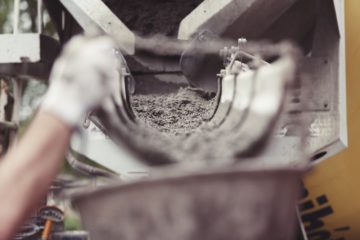
Concrete Knowledge: Find the Best of the Industry Resources Here!
The Giatec website is a treasure trove of concrete knowledge, ranging from blogs and case studies to podcasts and videos! Find a few of our exclusive concrete knowledge resources below: Biggest SmartRock® Savings of the Year are Here! Save now and get free Giatec 360™ Premium access. Ends…

Engineering Solutions and Technical Support at Giatec
For over a decade, Giatec has leveraged advanced technologies such as: Artificial Intelligence (AI) and Internet-of-Things (IoT) solutions to help the construction industry redefine business models and value propositions. We integrate best engineering practices, research, and developments to achieve sustainable infrastructure constructions. Biggest SmartRock® Savings of the Year…
Save now and get free Giatec 360™ Premium access. Ends Dec 31. Don’t miss it!
Save now and get free Giatec 360™ Premium access. Ends Dec 31. Don’t miss it!